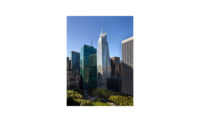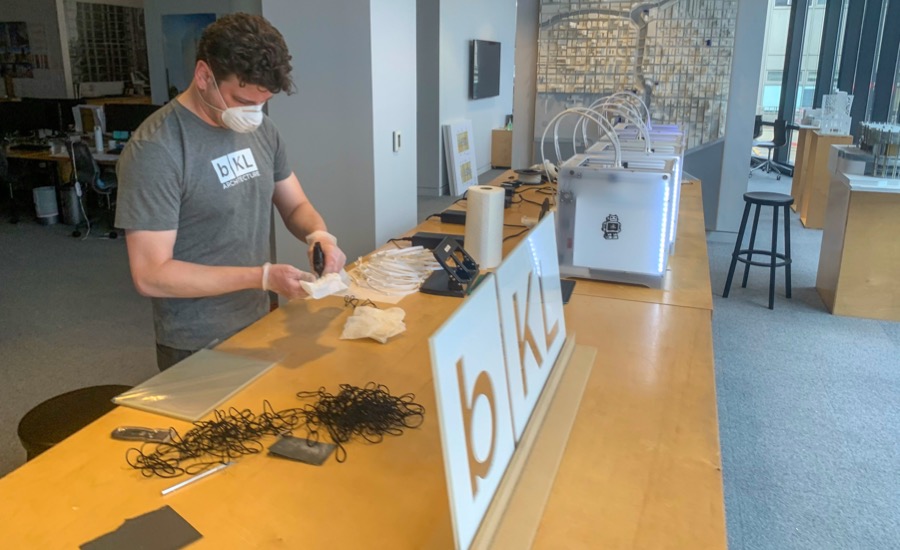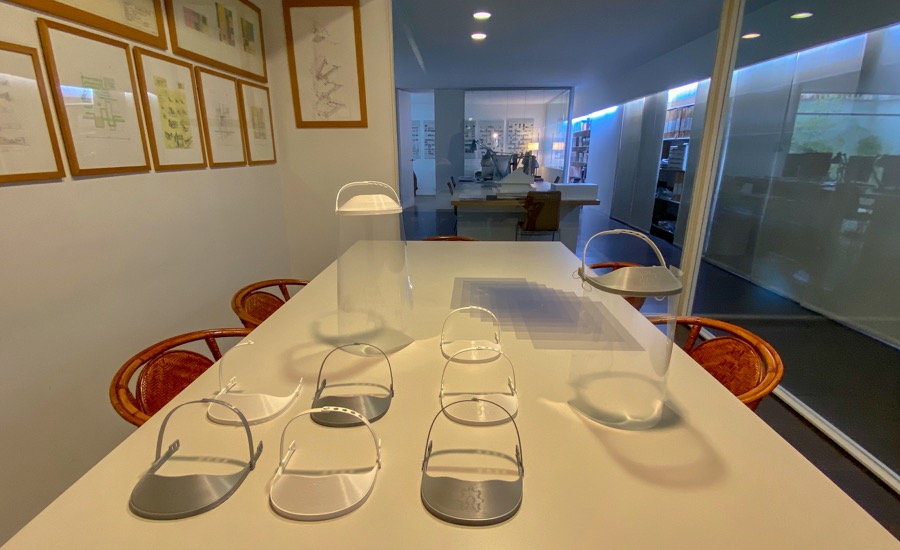Architects Rally to Make Protective Gear for Healthcare Workers

Chicago-based bKL Architecture has been fabricating a mask that relies on a 3-D printed bracket and uncut 8.5-by-11-inch clear plastic. It is secured to the wearer’s head with hair ties.
Photo courtesy bKL Architecture

Cornell AAP and Sabin Lab are 3-D printing brackets for face shields using ABS or PLA plastic and an open-source file.
Photo courtesy Cornell AAP and Sabin Lab

Barcelona-based OAB has been making brackets with its three 3-D printers as part of a new international group called Coronavirus Makers.
Photo courtesy OAB



Architecture offices and university design studios across the country are largely empty these days as employees work from home and students study remotely amidst the COVID-19 pandemic. However, the 3-D printers owned by many of these companies and institutions are chugging along, churning out critically needed protective equipment for healthcare workers.

One endeavor is being coordinated by Jenny Sabin, a professor at Cornell University’s College of Architecture, Art, and Planning (AAP), in collaboration with the university’s mechanical engineering school and department of computer science. The AAP reached out to its alumni at firms that include KPF, BIG, Grimshaw, and Terreform, enlisting them to make face shields as part of this effort. The protective device, tested and approved by Weill Cornell, consists of a PLA or ABS plastic bracket printed according to an open-source file from the Swedish company 3D Verkstan. The clear portion—the part that covers the face—is a laser-cut plastic sheet attached via a three-hole punch. Since Tuesday, the AAP and its extended network have produced well over 1,000 shields, according to Sabin’s estimates.

In the Midwest, bKL Architecture delivered its first batch of protective shields to the University of Chicago Medical Center over the weekend. It is similar to the AAP version but uses uncut 8.5-by-11-inch clear plastic sheets—the type typically used to cover documents—and is fastened to the wearer’s head with hair ties from the drug store. bKL currently has four 3-D printers and can produce about 50 shields per day. It started a GoFundMe campaign to raise funds to purchase four more printers, with the goal of doubling capacity. Once the COVID-19 crisis has passed, bKL plans to donate the additional printers to Chicago Public Schools and the city’s library system, according to Thomas Kerwin, the firm’s principal.
Similar grassroots undertakings are springing up globally. Borja Ferrater, a principal of Office of Architecture in Barcelona (OAB), reports that his firm has been printing brackets for the past 10 days, fabricating them for Coronavirus Makers, an international organization of digital makers and DIYers.
Cognizant of the need for social distancing, these architects are mostly working in isolation. Sabin, for instance, at first made the shields alone in her lab, but has since moved the printers to her basement. Another colleague is working from her garage.
In addition to fabricating shields, there are other ways architects can help mitigate the shortage of protective equipment, points out Charlie Thornton, manager of the model shop at Handel Architects in New York. The firm donated a supply of N95 respirator masks to New York-Presbyterian Hospital. The model shop kept them on hand for tasks such as spray painting, he says.
Clearly the demand for protective gear is great. bKL started making masks only a few days ago, but already has had officials reach out from Cook County Hospital, Shirley Ryan Ability Lab, and Rush Hospital, in addition to those from the Chicago Medical Center. “It is so disconcerting that so many of these institutions don’t have what they need,” says Kerwin.







